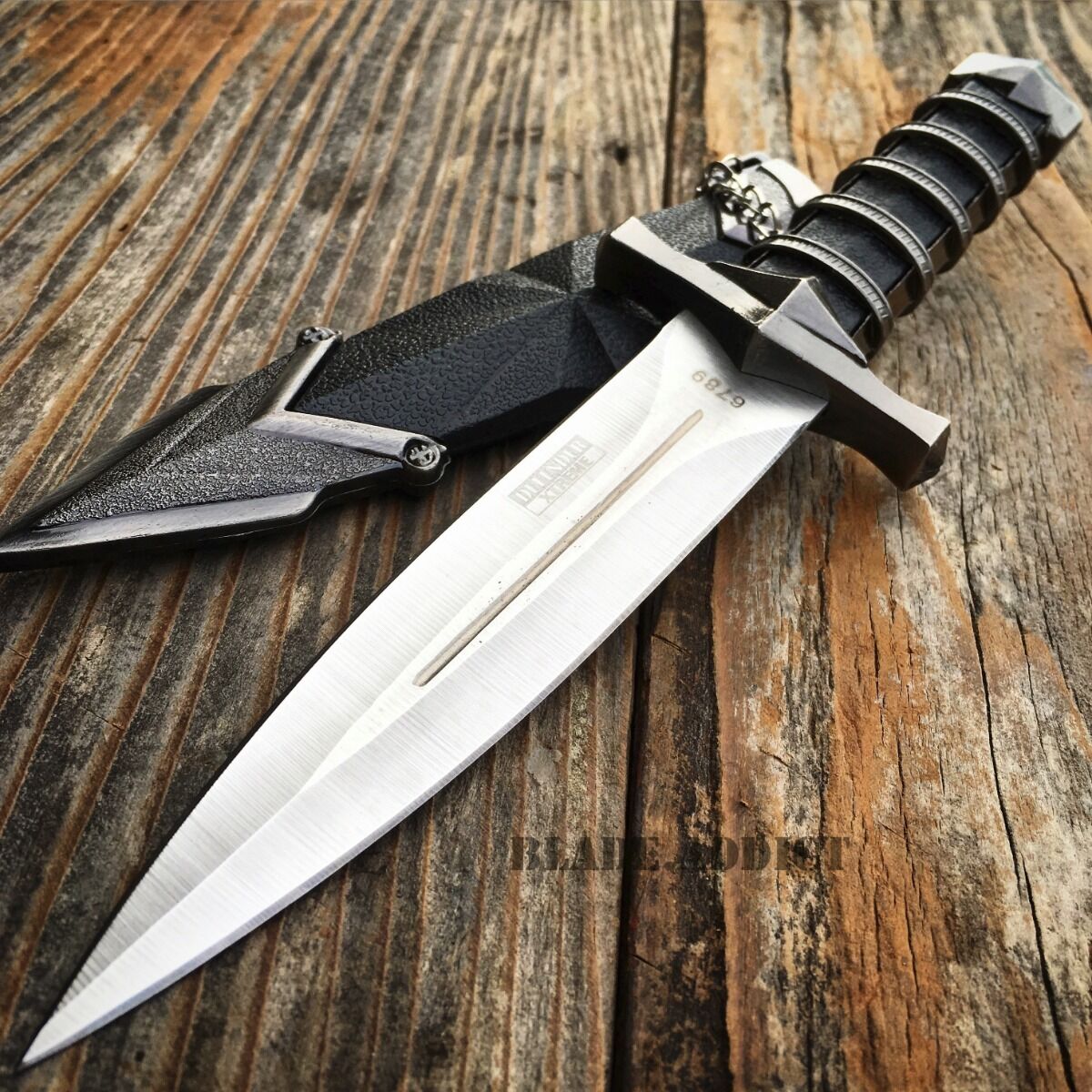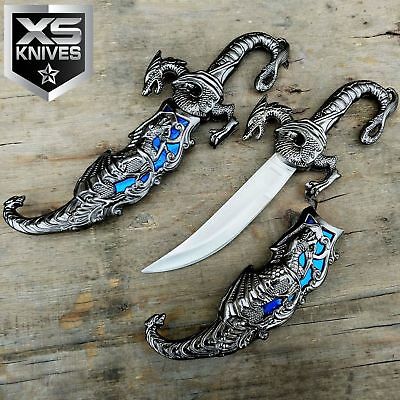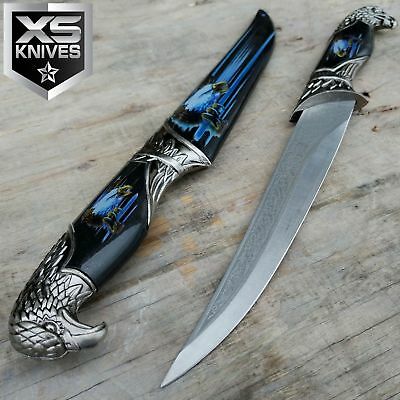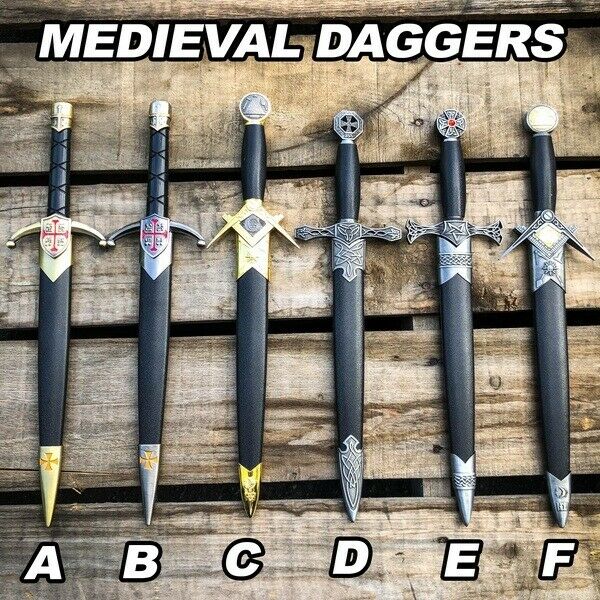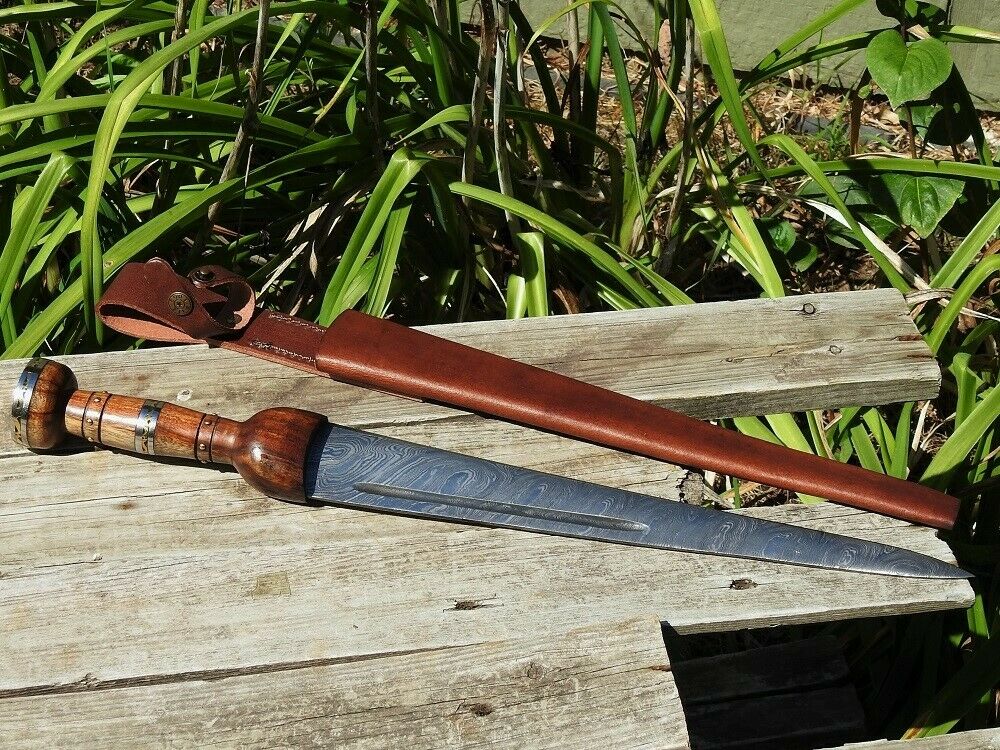-40%
Yatagan Cossack knife Russian empire Dagger 1905 plastun shashka kindjal
$ 184.78
- Description
- Size Guide
Description
Yatagan Cossack knife. Carbon steel. Please read the state of the photo carefully.Dimensions:
Dimensions mm (Measures approx.): Total length in the scabbard: 75 cm
Dimensions mm (Measures approx.): Length of the blade with handle: 69 cm
Dimensions mm (Measures approx.): Length of the blade without handle: 52.5 cm
Yatagan Cossack knife
brand new
.
The blade is not sharpened
.
Delivery
Free shipping Standart shipping with track number, 14-45+ days.
COMBINED SHIPPING
The scimitar began to be used in the 16th century. Has a blade with one-sided sharpening on the concave side (the so-called reverse bend). Ephesus of the scimitar is devoid of a guard, the handle at the headband has an extension for the rest of the hand. The blade of the Turkish scimitar near the hilt deviated at a significant angle downward from the hilt, then was straight, and broke again near the point, but upward. Thus, the point was directed parallel to the handle and sharpened from both sides, which made it possible to more effectively deliver stabbing blows. The reverse fracture of the blade simultaneously allowed cutting blows from oneself and increased the effectiveness of both chopping and cutting blows. The straight shape of the blade in medium gravity increased its resistance to lateral bending. In addition, replacing a smooth bend with a kink made it possible to achieve a greater effective length of the weapon.
The yatagan, like any weapon, strives to "break free" from the hand when dealing with chopping blows under the influence of centrifugal force. Therefore, in order for the fighter to be able to deliver chopping blows longer, even in a state of fatigue, very sophisticated measures were taken: the handle completely covered the lower part of the palm, forming specific extensions ("ears"), and sometimes continued with an emphasis under the second hand, which was located at all perpendicular to the straight part of the blade. The blade and handle had a variety of decorations - carving, notches and engraving. Scimitars were kept in a scabbard and worn around the belt like daggers.
Basically, the scimitar is known as a specific weapon of the Turkish Janissaries. According to legend, the sultan forbade the janissaries to wear sabers in peacetime. Janissaries circumvented this ban by ordering arm-length combat knives. This is how the Turkish scimitar appeared. Some scimitars have a biconcave blade (like the Egyptian khopesh) - the opposite at the base of the blade and the saber at the point. The scimitar usually has a bone or metal hilt. The scimitar scabbard is wooden, covered with leather or lined with metal. Since there is no guard, the scimitar blade enters the sheath with part of the hilt. The total length of the scimitar is up to 80 cm, the length of the blade is about 65 cm, weight without a scabbard - up to 800 g, with a scabbard - up to 1200 g. In addition to Turkey, the scimitar was used in the armies of the countries of the Middle East, the Balkan Peninsula, South Transcaucasia and the Crimean Khanate.
The scimitars fell to the Cossacks as trophies after successful campaigns. At the time of the Transdanubian Sich, they became more widespread among the Transdanubian Cossacks, who were in the military service of the Turkish sultans.
The scimitars were used by the infantry (the janissaries were precisely the guards infantry) in close combat.
In the 19th century, yatagan bayonets were used in a number of French rifles and rifles, in particular, the Chasspot and Comblain systems. In the locked position, the characteristic bend of the yatagan bayonet did not interfere with muzzle loading. In the open position, the weapon was a full-fledged scimitar.
The attacking percussion actions of the scimitar were performed mainly with a point and a concave blade. The design features of this blade allowed the master to inflict two wounds simultaneously while performing a chopping-cutting blow. Protective beats were carried out both with a blade and with a non-pointed convex side. When repulsing a blow with a concave blade, a much more reliable retention of the enemy blade was ensured, but at the same time, the ability to deliver lightning-fast counterattacks was lost due to the sliding rebounds inherent in the saber. Thus, the scimitar had both advantages and disadvantages. Cossacks, like the overwhelming majority of European warriors of that period, preferred curved or straight blades.
Scabbard - wood, leather, etching.
Attention:
in the Manual of the Red Army Artillery Directorate for the operation of drafts of the 1927 model, it is emphasized that cutting is not allowed on solid objects (stones, metal ammunition and horse harness).
In the barracks arrangement, the oiled pieces are stored with elongated blades 100-150 mm. During long-term storage, the checkers are densely lubricated. When returning from the exercise, the checkers are wiped dry.
When checking the curvature of the eye, slight bends that do not affect the movement of the blade in the sheath and cannot be edited can be left.
Add me to your favorite sellers
Combined shipping.
Payment:
Payment is required within 3 days from the end of the auction. I accept PayPal.
The items will be sent within 1-3 business days after the payment is received. Please email me BEFORE bidding if you have questions.
Items must be returned in original condition with tags if applicable within 30 days of purchase.
Thank You for bidding.












